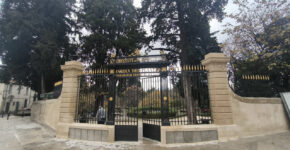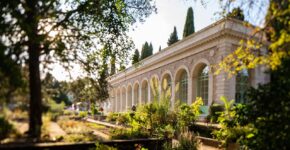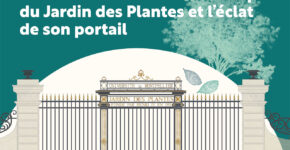Real estate assets
School of Medicine
Montpellier is world-renowned in the field of medical education. The city owes this reputation to its faculty, founded in 1220: the oldest medical school in the Western world still in existence.
Since 1795, the Faculty of Medicine has occupied one of Montpellier's most beautiful buildings: the former episcopal palace, previously the Saint Benoit-Saint Germain monastery. It is a place steeped in history, which hundreds of students now bring to life in the present day.
This building is an architectural treasure in its own right, with its monumental hall, ceremonial rooms, courtyard of honor, and anatomy amphitheater. The complex was listed as a Historic Monument in 2004.
School of Law
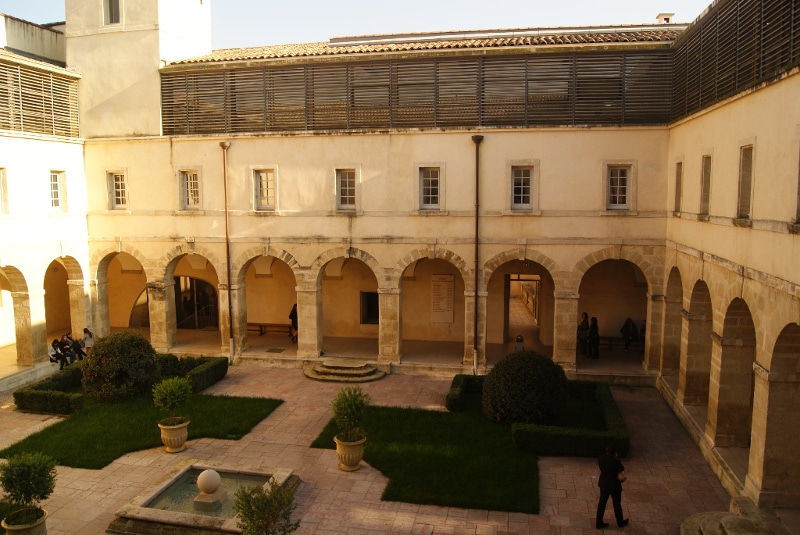
The Faculty of Law and Political Science has been housed in the former Visitation Convent since 1959. Built in 1631 during the reign of Louis XIII, this building is part of the rich architectural heritage of Montpellier's historic center. It is the only building in the city, along with the Ursuline Convent, to have fully preserved its cloister and chapel. These vestiges of its original ecclesiastical vocation bear witness to the intense religious activity that took place around Saint-Pierre Cathedral from the late Middle Ages to the 18th century.
Once you pass through the vast "Aula Placentinea"—a large hall that you encounter when entering the faculty through the main entrance—you immediately reach the 17th-century cloister. With its groin vaults, it offers a sober ensemble with a stripped-down elegance.
The law history library contains rare and valuable ancient volumes, largely devoted to Roman law, which was one of the faculty's medieval specialties.
Triolet Campus
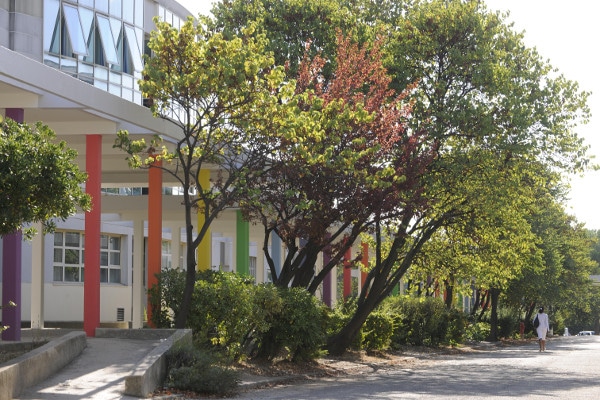
In 1964, the Faculty of Sciences in Montpellier moved from its premises on Rue de l'Université (where the rectorate is currently located) to the new university campus on Place Eugène Bataillon. This construction was part of the Fifth Republic's desire to develop research and provide higher education institutions with modern facilities capable of accommodating a growing number of students.
The Ministry of Education selects technical advisor René Egger for its construction program. His firm draws up standard plans for French science universities but leaves it to local architects to adapt them.
In Montpellier, architect Philippe Jaulmes chose an open, wooded site with buildings designed to make the most of the Mediterranean light. He also commissioned works under the 1% for art* program from young artists who are now world-renowned, including Pierre Parsus, François Rouan, Victor Vasarely and his son Yvaral, Albert Dupin, and Yaacov Agam. The work was completed in 1967.
* Introduced in 1951, this legal provision establishes the creation of works by contemporary visual artists associated with public architectural creations. Since its inception, the 1% artistic program has funded approximately 12,300 works.
Institute of Botany
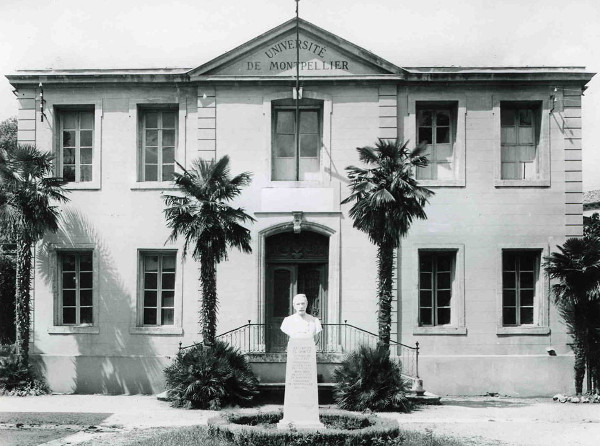
In the heart of Montpellier, the Institute of Botany is the guardian of the city's botanical garden, the oldest in France. Charles Flahault, renowned botanist and director of the institute, supervised the construction of the buildings from 1889 onwards. The premises were inaugurated in April 1890 and visited in May by Sadi Carnot, President of the French Republic, during the university's sixth centenary celebrations. After 50 years of operation, the building was renovated and expanded, with the new buildings inaugurated in 1959.
The botanical institute enabled Charles Flahault to bring together all of Montpellier's herbariums in one place. Today, it houses a treasure within its venerable walls: the prestigious Montpellier herbarium, France's second largest herbarium after that of the National Museum of Natural History in terms of the volume and quality of its collections. Both a research tool and a heritage resource, the Montpellier herbarium contains around 3.5 million plant samples.
Sète Marine Biology Station
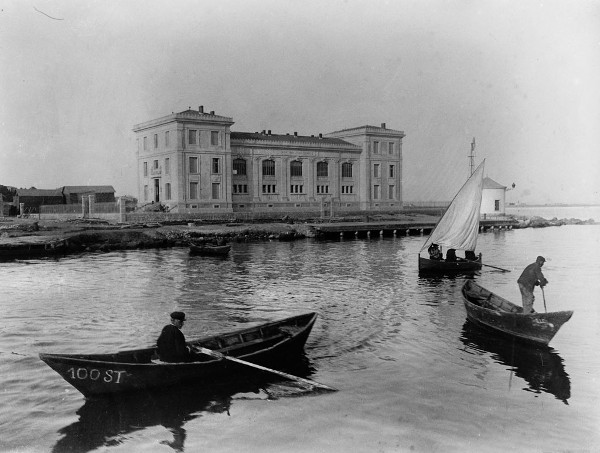
At the end of the 19th century, the coastline of Sète was considered to be a zoological complex of great richness. To simplify weekly zoological excursions and facilitate research, zoology professor Armand Sabatier decided to establish a marine biology station there.
In 1879, the city of Sète provided him with modest premises. Shortly afterwards, he obtained a plot of land on the coast of the Thau lagoon for the construction of the zoological station. Inaugurated in 1896, it included all the facilities necessary for research and teaching.
With its rich collections housed in a zoological museum containing numerous ichthyological (fish-related) and conchological (shellfish-related) specimens, the Sète marine biology station has gained international renown and prestige. After a century of existence and extensive restoration work on its buildings, it remains an active center for scientific research.
